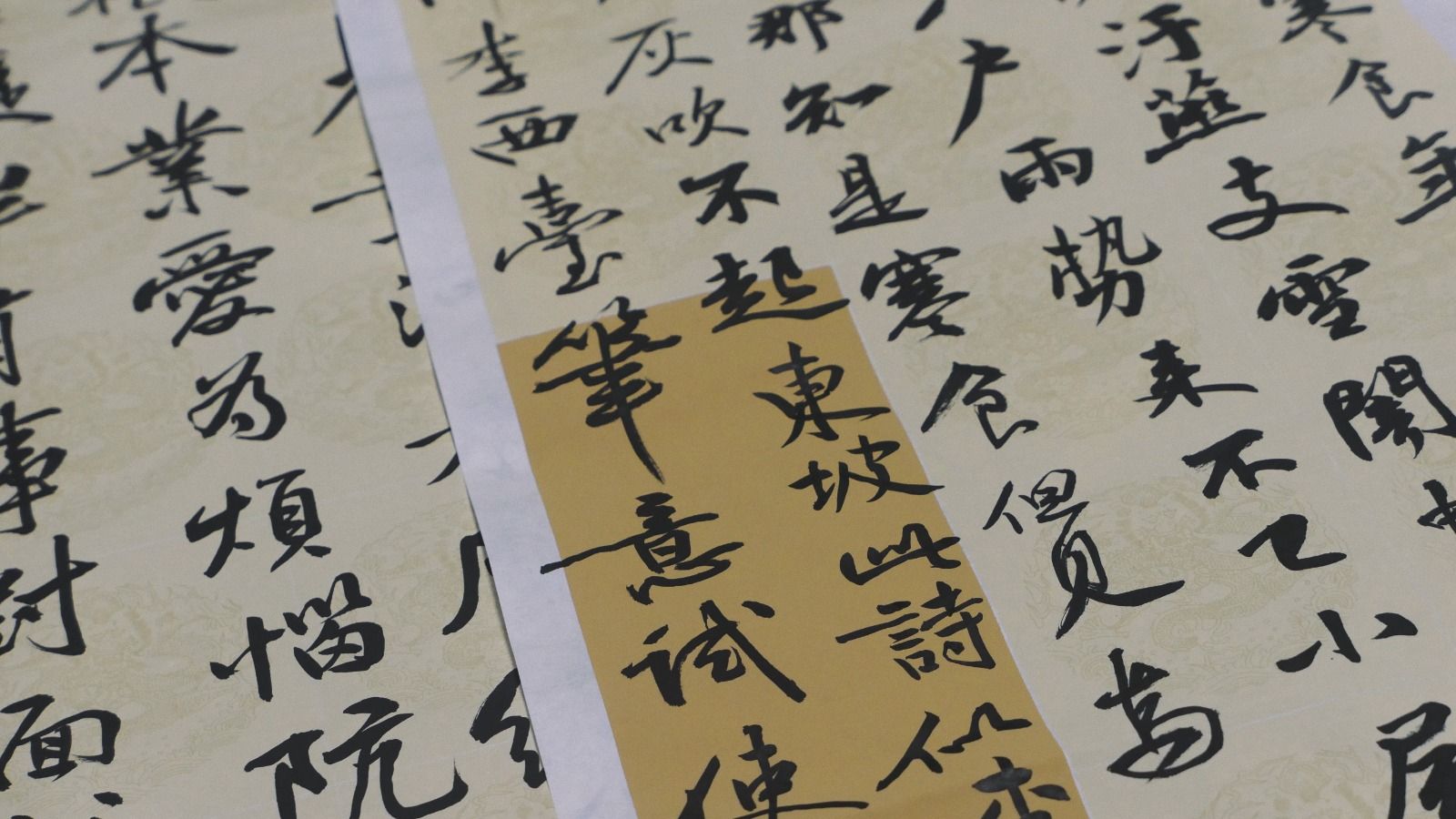How students really learn Chinese
How students really learn Chinese
Culture is the essential context for language learning. Children learn a language not by following explicit instructions, but by having continuous practice with two-way communication and long immersion in the target language. Similarly, children understand a new culture by consciously following cultural practices and studying cultural phenomena appropriate for their age, inclination and classroom environment.
At Bloom, our cultural education takes into consideration students’ interests, linguistic ability, and stage of development. Students are exposed to traditional Chinese culture throughout the week in various classes, field trips, and co-curricular activities, thus developing a willingness to learn and understand not just Chinese culture, but different cultures as well.

Students will experience Chinese customs and traditions starting from the first school day. They learn how to greet others, addressing different people with the correct characters of “you”; how to signal agreement with a thumbs up; and how to use their fingers to count in Chinese, which is different from the way it is done in English. These experiences might not need explaining, but they are the first steps in learning to think and behave in a different language on a daily basis.
Moreover, we combine many cultural practices with regular classroom teaching. For example, students play traditional Chinese games, board games and puzzles as part of their classroom activities, and they also enjoy Chinese culture magazines and comics to develop their vocabulary. We play rock-paper-scissors in class to determine who will recite the next passage, or who will participate in the next game. A variety of Chinese culture visual aids are also on permanent display, including wall charts and slogans in the classroom, and bulletin boards around the campus. All this helps students appreciate Chinese culture in their daily life and develop an interest in studying and using Chinese.
Outside the classroom, our students will have access to Chinese magazines and picture books in the Chinese language corner of the library, which will help them grasp how Chinese culture impacts the daily life of their peers. Students get a taste of richer cultural experiences in art class and cooking class through making simple handicrafts, cooking noodles and dumplings, and eating with chopsticks.
Students also participate in the Chinese Culture Week. They design their own dragon boats to celebrate and learn more about the Dragon Boat Festival. During the Chinese New Year Culture Week, students hold a mini lantern festival market, visit the Flower Markets across the city, try out traditional New Year food and watch Lion Dance performances.
In terms of cross-disciplinary teaching, Chinese cultural education is integrated into project-based learning, positive education, mathematics and other subjects. For instance, during our daily campfire, where students learn positive and character education, they read Chinese classics on moral education and participate in storytelling and drama activities. We also incorporate Chinese culture into math lessons, using red packets to engage students in learning about Hong Kong banknotes alongside basic arithmetic. In science, students explore China’s four major inventions: papermaking, printing, the compass, and gunpowder.
From integrated math and science lessons to classroom performances to regular field trips, our students develop their Chinese language skills through an all-round cultural experience.
More Faculty Insights
